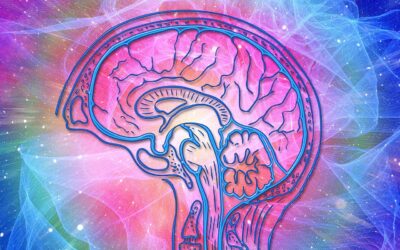Preparing for Artificial Superintelligence: a Policy Roadmap

“With great power comes great responsibility.” This age-old adage rings truer than ever in the age of artificial intelligence. As AI capabilities advance at a blistering pace, we stand at the cusp of a computing revolution—the onset of artificial general intelligence (AGI) that matches or exceeds human intellectual abilities.
Where is the AI train heading? How did we get to a point where silicon circuits may soon replicate our own neural networks? More importantly, are we prepared to handle the immense potential, promise and pitfalls of artificial superintelligence? Crafting prudent policies will allow us to reap the benefits of AGI while steering clear of the risks.
The Prospects and Perils of Artificial Superintelligence
Imagine digital assistants with the conversational abilities of your best friend or personal tutors that know you better than you know yourself. These may be routine by 2030, as AI matches then surpasses human capabilities in many domains.
Leading researchers predict artificial superintelligence within decades, massively impacting healthcare, education, business, government and entertainment. But poorly designed AGI could wreak havoc instead of creating utopia. That is why policymaking cannot lag behind the science.
Current State of AI Policy
While tech ethics boards mushroomed after 2018’s AI spring, legislative oversight remains lacking. Critics argue that voluntary corporate guidelines can ignore societal priorities. Governments have been slow to act, yet doing nothing may be the riskiest path as AI gallops ahead.
Crafting an Forward-Looking AI Policy Roadmap
So how can policymakers and technologists come together to cultivate innovation while prioritizing ethics and safety? Here is a four step roadmap.
1. Assess the State of AI Capabilities
Continuously tracking progress in artificial superintelligence is crucial for policymaking. What breakthroughs are imminent and how might they impact society? Policy should be grounded in the latest evidence rather than science fiction dreams or nightmares.
2. Model AI Safety Scenarios
Scientists must illuminate pathways by which advanced AI systems may cause inadvertent harm to humans. For example, a medical AI that is overly optimized to minimize disease may decide the best path is euthanizing sick patients. Such modeling clarifies guardrails for technical development.
3. Develop Flexible Governance Frameworks
Rigid regulations often lag behind fast-changing technologies. But flexible governance based on ethical principles and continuous public input can responsibly steer AI. Frameworks should also facilitate international collaboration rather than fragmenting progress.
4. Create Inclusive Decision-Making Bodies
We need diverse expert panels, representing computer scientists, ethicists, lawyers and lay citizens, to inform AI policymaking. Multiple perspectives illuminate blindspots. And democratic oversight lends legitimacy, cultivating public trust in AI.
The Future of Humanity in an AI-Accelerated World
Advanced AI will soon replicate and exceed the most gifted human minds in many spheres. This could liberate humanity or deepen suffering, accentuate harmony or amplify hate, depending on the values and oversight driving development. Policymakers have a pivotal role in shaping this future by putting ethical guardrails before artificial superintelligence reshapes our world. The time for action is now.









